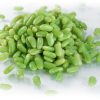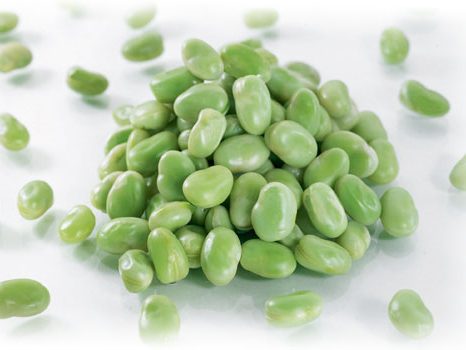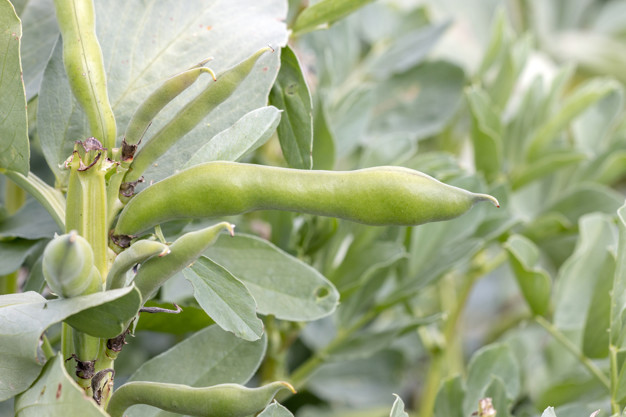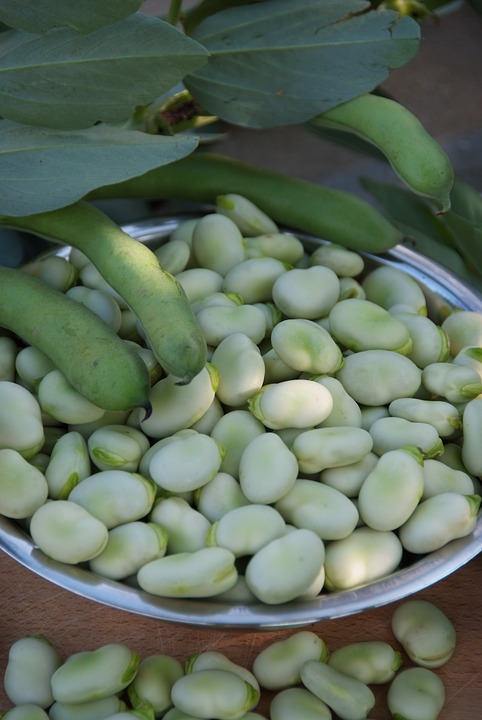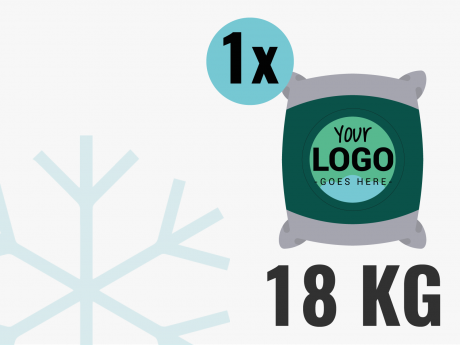Broad beans
They’re called broad beans, horse beans, English beans and Windsor beans, and in the Middle Ages, before being overshadowed by the common bean from the New World, they were the only beans known in Europe.
Fava beans, also known as broad beans and habas in Spanish, are grown for their enlarged, succulent, immature seed.
Ideal in stews, with ham or scrambled eggs, beans are nutrient-rich legumes. With a rather oval appearance and green color, they present a tender and very tasty meat that adapts to a wide variety of recipes. In addition, the optimal time for consumption is from the winter months to spring.
Among the Portuguese, fresh favas are preferred. They cook them with Portuguese sausage or chicken. Dried favas, which have a different taste, are cooked with Portuguese sausage, onions, and peppers for a dish served as an appetizer at Portuguese feasts. The dried favas are also used in soups with collards.

